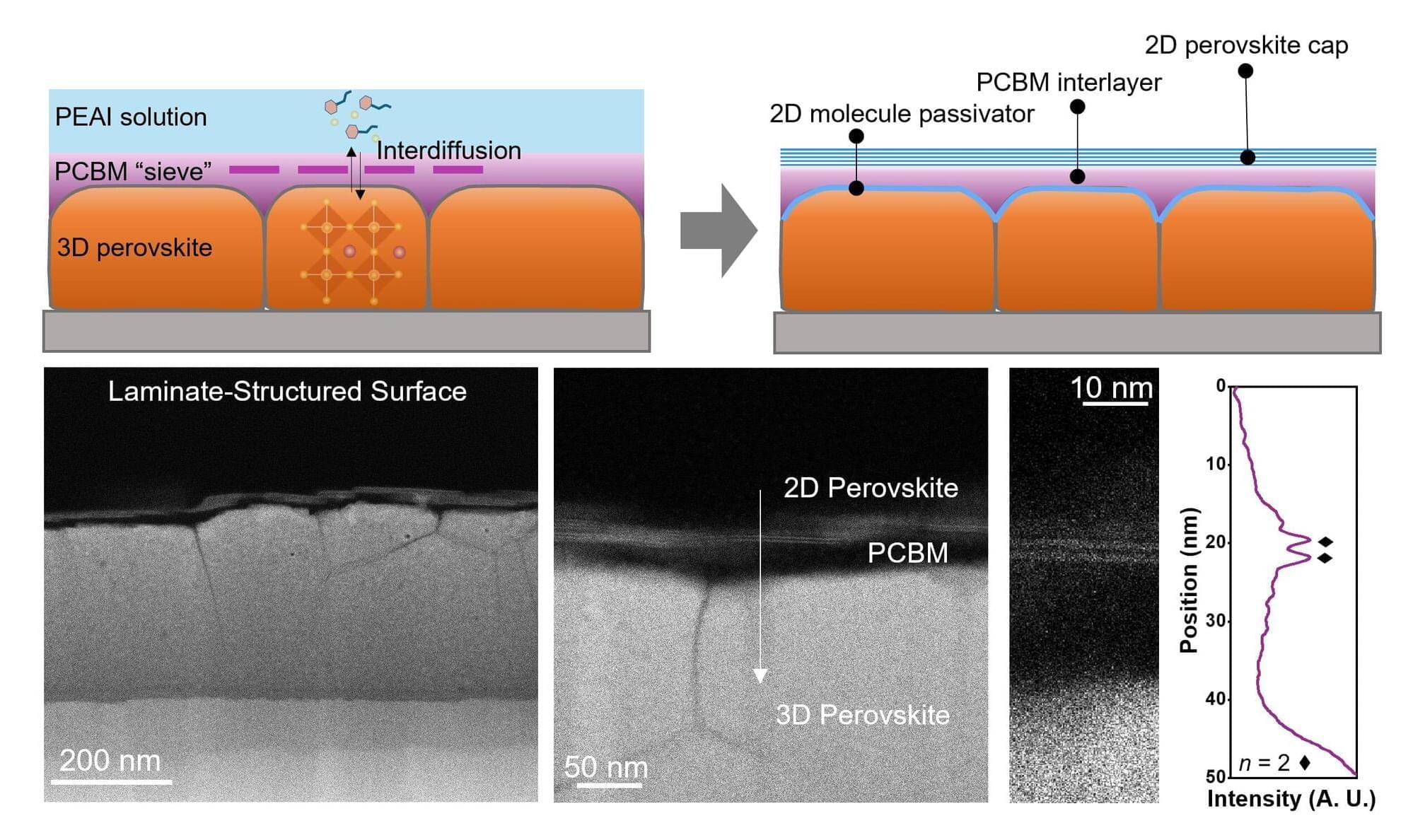A collaborative research team from the Hong Kong University of Science and Technology (HKUST) and the Hong Kong Polytechnic University (PolyU) has developed an innovative laminated interface microstructure that enhances the stability and photoelectric conversion efficiency of inverted perovskite solar cells. The research is published in the journal Nature Synthesis.
Perovskite solar cells have considerable potential to replace traditional silicon solar cells in various applications, including grid electricity, portable power sources, and space photovoltaics. This is due to their unique advantages, such as high efficiency, low cost, and aesthetic appeal.
The basic structures of perovskite solar cells are classified into two types: standard and inverted. The inverted structure demonstrates better application prospects because the electronic materials used in each layer are more stable compared to those in the standard configuration.
